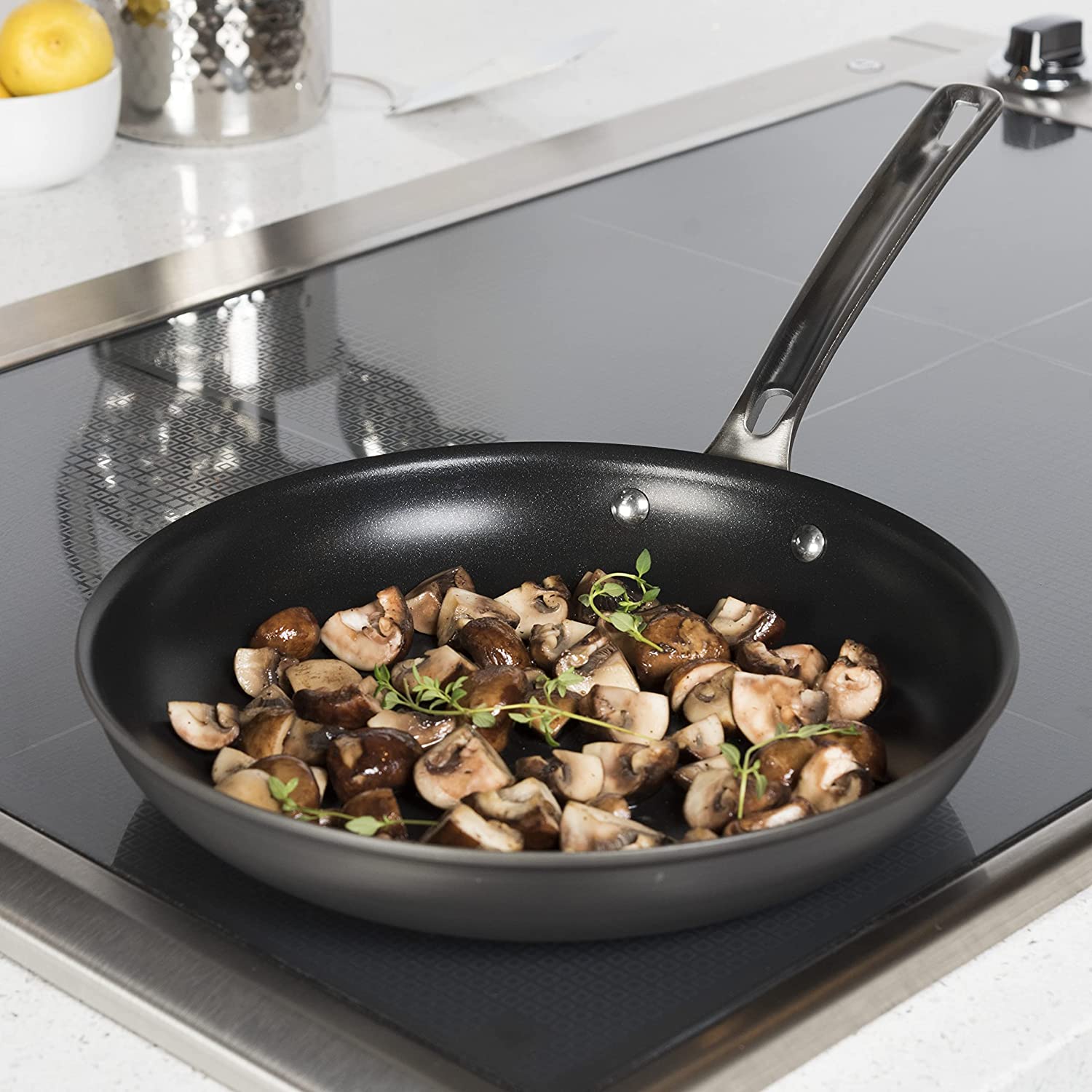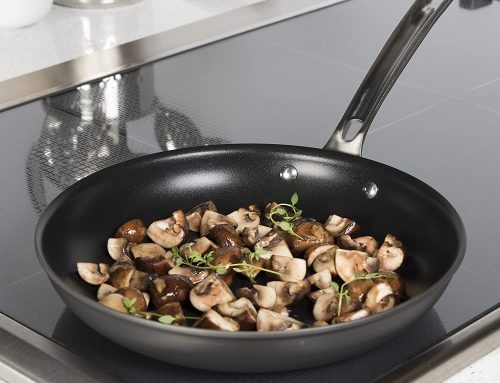Buying quality pots, pans, and cutlery seem like a very easy thing, yet there are some pitfalls. Here are 10 tips for choosing the best chef-proof equipment.
We write the shopping list, we read the labels to check the ingredients, and we evaluate prices and promotions. When it comes to shopping at the supermarket we are very careful. But when we have to buy pots, pans, or cutlery are we equally aware and informed? Yet the tools we use to cook and serve food are equally important for maintaining and enhancing the taste and nutritional characteristics of food, and for consuming them in comfort and safety. Be careful, therefore, to choose them carefully, also because pots, cutlery, and pans of low value can alter the properties of food or even introduce contaminating elements that can be dangerous to health. Here are the 10 tips to follow to make a safe purchase, partly suggested by the information campaign carried out by the National Consumers Union with the collaboration of Fiac (Association of Italian household items manufacturers).

1. Functionality first of all
Pots and cutlery must be beautiful but above all, they must be practical to use. Better to try to handle them in the store, before buying, simulating their use, and checking. For example, if the handle is comfortable and if they are not too heavy or unstable. Ergonomics is also fundamental for cutlery, even if it is often not taken into proper consideration. Knives with thinned blades and rounded edges are certainly preferable, as well as dual-function forks, which can be used both for the roll that to skewer food on the plate.
2. Origin is important
Italy, for example, has a long tradition in the production of pots, pans, and cutlery but today there are mainly imported products on the market. It is always better to check the origin of the products on the packaging, even in the case of historic or well-known brands. Reading labels carefully is important because you can run into misleading indications: “guaranteed by …” or “built according to the quality standards of …” does not mean that it is a truly Italian product.
3. The quality mark makes the difference
Pots, pans, and cutlery made in compliance with European laws are accompanied by the “CE” mark. Be careful not to confuse it with the China Export brand. In the first case, the two letters are more spaced, while in the second case, the C and E are much closer together, so much so that they seem almost united.
4. Better to touch the bottom
Prefer pans and pots with a bottom that is neither too heavy nor too light. And not only because they are more stable but also because the heat distribution will be more uniform and you will have a good cooking result. If the bottom is too thick, pots and pans are very heavy and take too long to heat up, while with a too-light bottom, they heat up too quickly and therefore there is a greater risk of burning the food.
5. The material counts
For quality tools, the ideal is 18/10 stainless steel, which is resistant and long-lasting. It is better to check it on the packaging, because there are many different types of steel, with very different quality levels and performances.
6. Light is better
Weight and stability are essential factors when choosing tools for cooking. A pan that is too heavy is impractical and difficult to handle. A too-light one is unstable and can tip over under the weight of the handle, becoming dangerous.
7. It’s all about the handle
Golden rule: the handle must weigh no more than the pot or pan. If the handle is made of plastic, it is less resistant to the heat of the flame but is more manageable. While if it is made of metal, it is more resistant but gets very hot, with the risk of getting burned. The decision, therefore, depends on the use that will be made of pots or pans: if you often use a stove and oven, then an all-metal utensil is ideal because it can switch from one to the other. Otherwise, the plastic handle is preferable.

8. Beware of hidden differences
If you buy a set of cookware, don’t assume that they are all “sisters”. Better to check the quality piece by piece.
9. The first time is never forgotten
Even pots and pans have a “memory”: if they are used immediately incorrectly or carelessly they will be ruined more quickly. This could have effects both on the success of the recipes and their healthiness. So, before using a new pan for the first time, it’s a good idea to wash it with dish soap and hot water. Dry it carefully, and apply a thin layer of oil or butter to the inside surface. Equally useful is to repeat this operation now and then.
10. Quality depends on us
Even the highest quality pots, the most expensive frying pans, or the most designer cutlery are damaged if they are used, cared for, and washed in the wrong way. The dishwasher does not get along well with non-stick pots and pans because it spoils the coating. They should be washed by hand, with a sponge and neutral detergent.









Leave A Comment